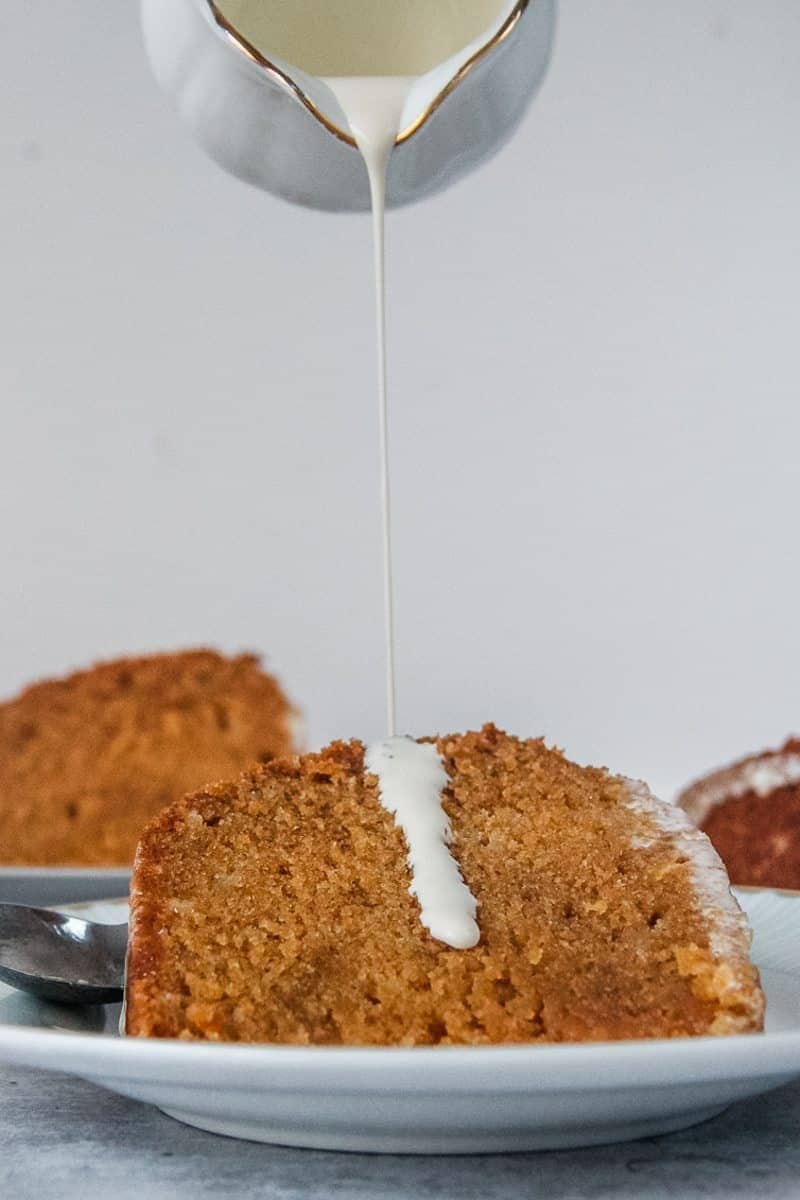Ultimate Guide to Steam Pudding in New Zealand: A Treasured Dessert for the Whole Family
Hey there, Kiwi parents and pudding enthusiasts! Are you yearning to add a delightful twist to your family’s dessert experience? Look no further because the quintessential New Zealand steam pudding is here to sweep your taste buds off their feet!
Cherished across the land of the long white cloud, steam pudding is not only a hearty and comforting treat but also a slice of Kiwi culinary culture. In this comprehensive guide, we’ll explore the ins and outs of this iconic New Zealand dessert and share some tips on how to make it the star of your next family gathering. So, grab your aprons, and let’s steam ahead!
Why Steam Pudding is a Must-Try for Your Family
Steam pudding is more than just a simple dessert; it’s a traditional delight that’s been passed down through generations of New Zealanders. Its rich, moist texture and the versatility in flavours make it an instant hit among both kids and adults. Plus, it’s a fun way to introduce the little ones to a bit of history and culinary tradition. Embracing this classic dessert can become a special part of your family’s story, as it has for many others across Aotearoa.
Essential Ingredients for Crafting the Perfect Steam Pudding
Classic steam pudding doesn’t require fancy ingredients or complicated steps. Here’s a list of what you’ll need to begin your pudding adventure:
- All-purpose flour – The foundation of your dessert, giving it structure and volume.
- Sugar – To sweeten up the occasion!
- Milk – It adds moisture and creaminess to your pudding.
- Baking powder – This is the lift-off agent that will give your pudding its signature airy feel.
- Butter – For that melt-in-your-mouth richness and flavour.
- Eggs – They bind the ingredients together, ensuring your pudding doesn’t crumble under the excitement.
- Vanilla extract – A dash of vanilla adds a layer of warmth and sophistication.
- Your favourite flavour additions – Golden syrup for a traditional touch, cocoa for the chocolate lovers, or fruit for a fresher spin.
How to Make Steam Pudding: Step-By-Step Instructions
Now, let’s get down to business. Making steam pudding is a mix of art and science, but we promise to keep things simple and fun! Follow our step-by-step instructions and you’ll be well on your way to becoming a steam pudding master:
1. Preparing the Pudding Mixture
Begin by creaming the butter and sugar together until they’re pale and fluffy—this is where kids can channel their inner baker! Next, whisk in the eggs one at a time, then stir in the vanilla extract. In a separate bowl, combine the flour and baking powder, slowly folding in these dry ingredients into the wet mix alternatively with the milk. The result? A smooth and tempting batter ready for the next stage.
2. Steaming the Pudding: The Signature Technique
The magic of steam pudding is in the name itself – the steaming process. You’ll need a pudding basin or a similar heat-proof bowl and some foil or a pudding cloth to cover it. Grease the basin and pour your mixture in, then seal it carefully with the covering of your choice. Place it in a large pot with simmering water that comes up to about halfway up the sides of the basin. Cover the pot and let it steam away for a couple of hours, checking water levels occasionally. This method ensures your pudding turns out supremely soft and has that distinctively comforting richness.
Stay tuned! In the next section of our guide, we’ll dive into the nuances of perfecting your steaming technique, innovative flavour twists, presentation tips to wow the family, and how to pair this iconic Kiwi dessert with locally loved beverages and toppings. Get ready to plate up a piece of New Zealand tradition that your family, friends, and especially your taste buds will thank you for!

5 Things Parents Should Know About Preparing Steam Pudding
Creating the perfect steam pudding can be straightforward and enjoyable, especially with these helpful insights:
1. Patience is Key
Steam pudding is all about the slow and gentle cooking process. Unlike baking, which is quick and precise, steaming is forgiving but requires patience. Ensure that you give your pudding the time it needs to become perfectly soft and spongy. It’s a great opportunity to teach your young ones about the joy of slow cooking!
2. Equipment Matters
You don’t need elaborate gear to make a steam pudding, but the right equipment goes a long way. A proper pudding basin, a tight seal with a pudding cloth or quality foil, and a reliable pot for steaming are essential. Investing in these tools will guarantee pudding success and inspire your family’s inner chefs to whip up many more!
3. Check Water Levels Regularly
During the steaming process, ensure the water level remains consistent. It should be halfway up the sides of your basin but never too high that it seeps into your dessert. Topping up with boiling water throughout the steaming helps maintain an even cooking temperature, keeping your steam pudding on track for perfection.
4. Involve the Kids
Steam pudding making is a perfect activity to get the kids involved in the kitchen. They can help with mixing, pouring, and even decorating the finished dessert. It’s not just about making pudding; it’s about making memories.
5. The Flavour Adventure
While traditional steam pudding is wonderful, don’t be afraid to get creative with flavours and toppings. Encourage your children to suggest their favourite additions, be it chocolate, fresh fruit, or a drizzle of caramel. Each pudding can be a new journey in taste, making family dessert time an anticipated adventure of flavours!
Expert Tips for Perfecting Your Steam Pudding
With the basics down pat, let’s delve into the finer details that’ll ensure your steam pudding is always a hit:
1. Mastering the Steaming Technique
The key to a light and moist steam pudding lies in a gentle, consistent steam. Keep the heat at a low simmer and ensure the lid of your pot is tightly secured to avoid steam escaping. A steady simmer cooks the pudding evenly, resulting in that dreamy texture we all love!
2. Innovative Flavour Twists
Don’t limit your steam pudding escapades to one variety. From zesty lemon to rich chocolate or even a swirl of peanut butter, the possibilities are endless. You can also opt for seasonal fruit to add a burst of freshness and natural sweetness to your treat.
3. Presentation Tips to Wow the Family
First impressions count even with dessert! Unmoulding your pudding onto a lovely dish and garnishing it with whipped cream, fresh berries, or a homemade sauce can take it from homey to haute cuisine. Present it with flare and watch everyone’s eyes light up with delight!
4. Pairing with Local Beverages and Toppings
No New Zealand steam pudding is complete without its classic pairings. A scoop of vanilla ice cream or a side of custard is always a crowd-pleaser. For the adults, serve it alongside a local Riesling or a robust Pinot Noir to complement the sweet, rich flavours. And not to forget, a good old dollop of cream or yoghurt can never go amiss.
Embracing the tradition of steam pudding in your family is not just about enjoying a dessert; it’s an engaging and delicious way to bond and create lasting memories. So, roll up those sleeves and let the sweet steaming begin!
See more great Things to Do with Kids in New Zealand here. For more information see here
Disclaimer
The articles available via our website provide general information only and we strongly urge readers to exercise caution and conduct their own thorough research and fact-checking. The information presented should not be taken as absolute truth, and, to the maximum extent permitted by law, we will not be held liable for any inaccuracies or errors in the content. It is essential for individuals to independently verify and validate the information before making any decisions or taking any actions based on the articles.




